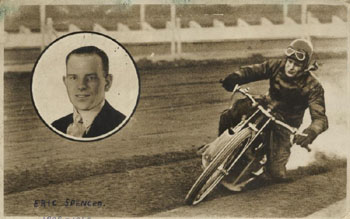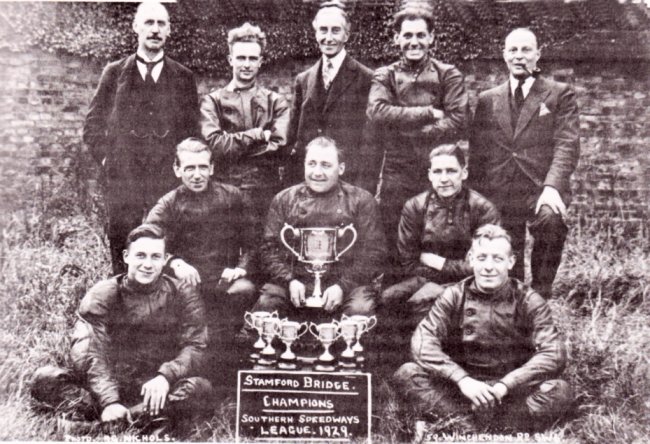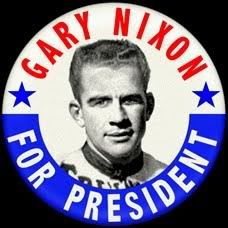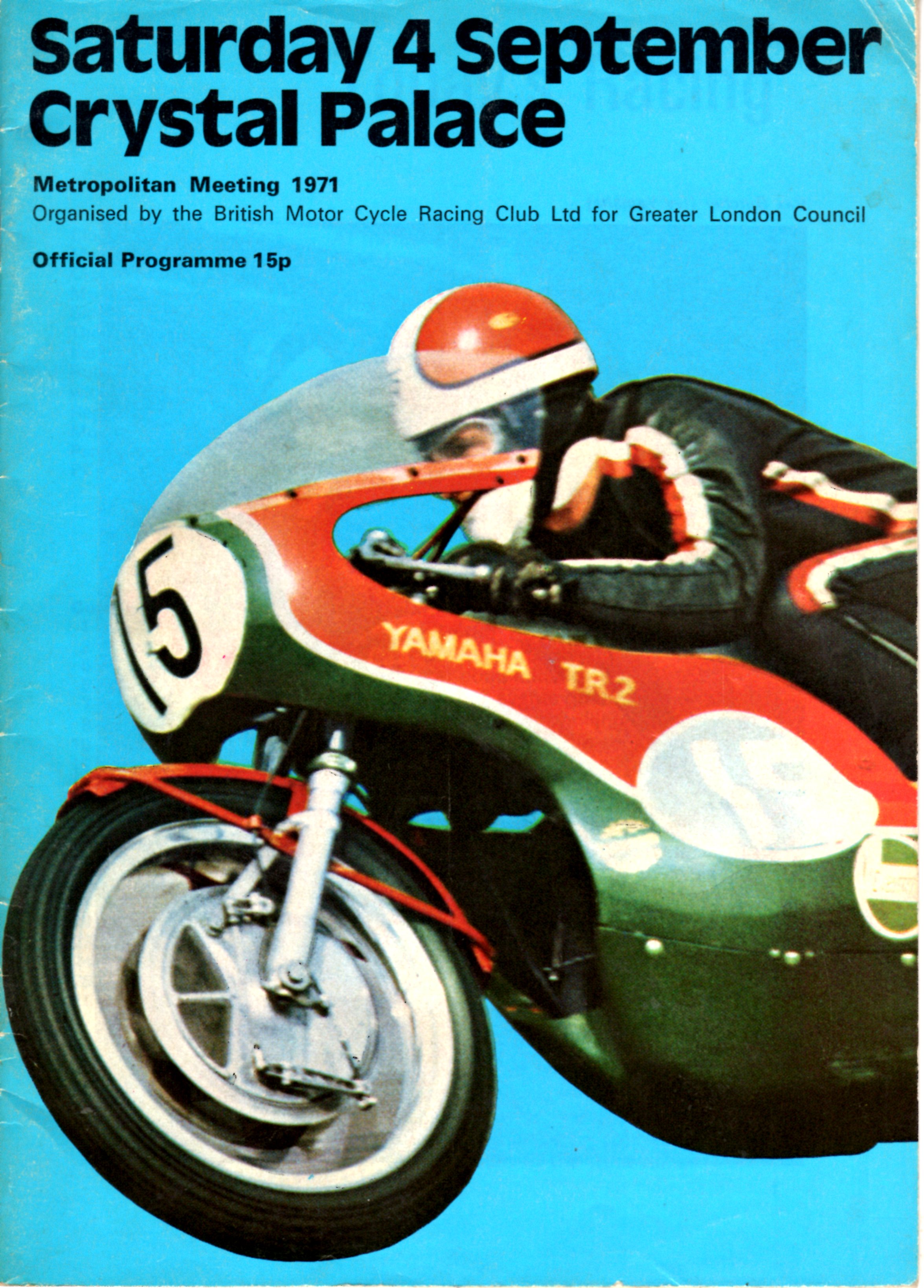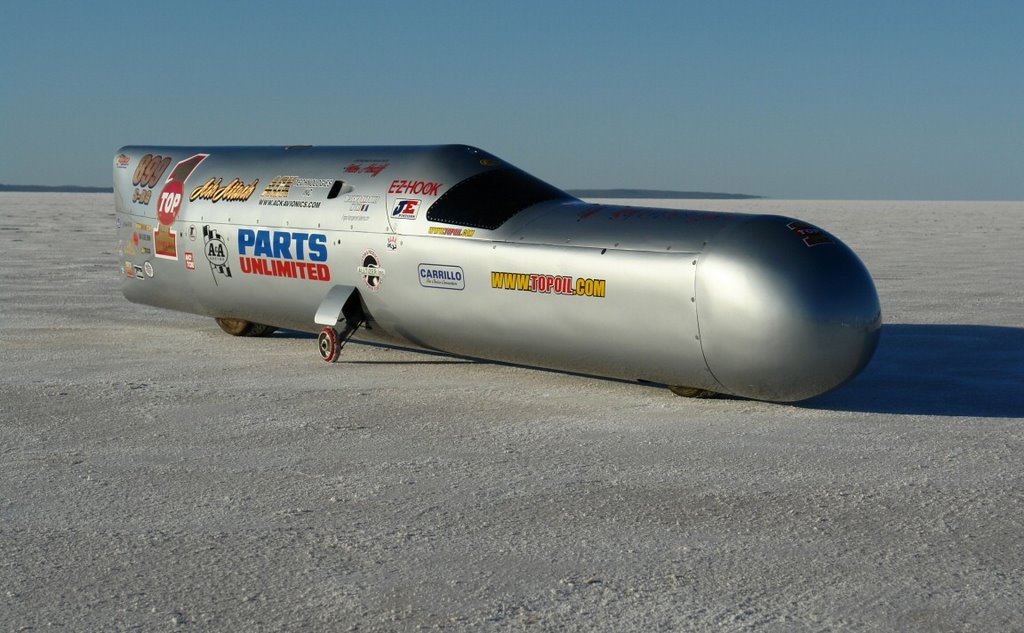




Rocky Robinson, riding TOP 1 Ack Attack, breaks the FIM World Motorcycle Land-Speed Record at the Bonneville Salt Flats during the 2006 BUB motorcycle meet.
Rocky Robinson rides the 2,600cc, 1,000 hp, twin-engine Suzuki Top Oil-Ack Attack streamliner to a new World Land-Speed record. The motorcycle reached a speed of 342.797 mph, which was 20 mph faster than the previous record that had stood since 1991.
The owner of Ack Technologies, an avionics company, Mike Akatiff was a motorcycle racer, machinist, mechanic, and parts builder. Akatiff first became interested in setting the motorcycle land-speed record in 2002. He dedicated a large portion of his company facility in Northern California to designing and constructing the Ack Attack, and then assembled a team of old friends help build the motorcycle.
The Ack Attack crew - Ken Puccio, Crew Chief, spent numerous days and nights welding the chromoly steel frame and fabricating sheet metal. Master machinist Frank Milburn, had 50 years experience. Jim True was the first member of the team and an experienced land-speed racer, and Mike Akatiff's youngest son, Greg, handled all of the electronics, onboard video, cockpit recording, engine management system and was a heck of a beer run planner.
Today in motorcycle history proudly supports the National Association for Bikers with a Disability (NABD). www.nabd.org.uk













